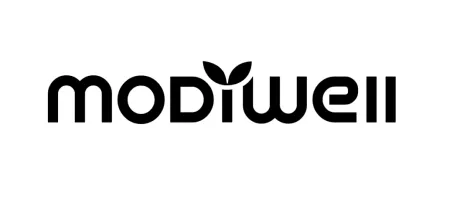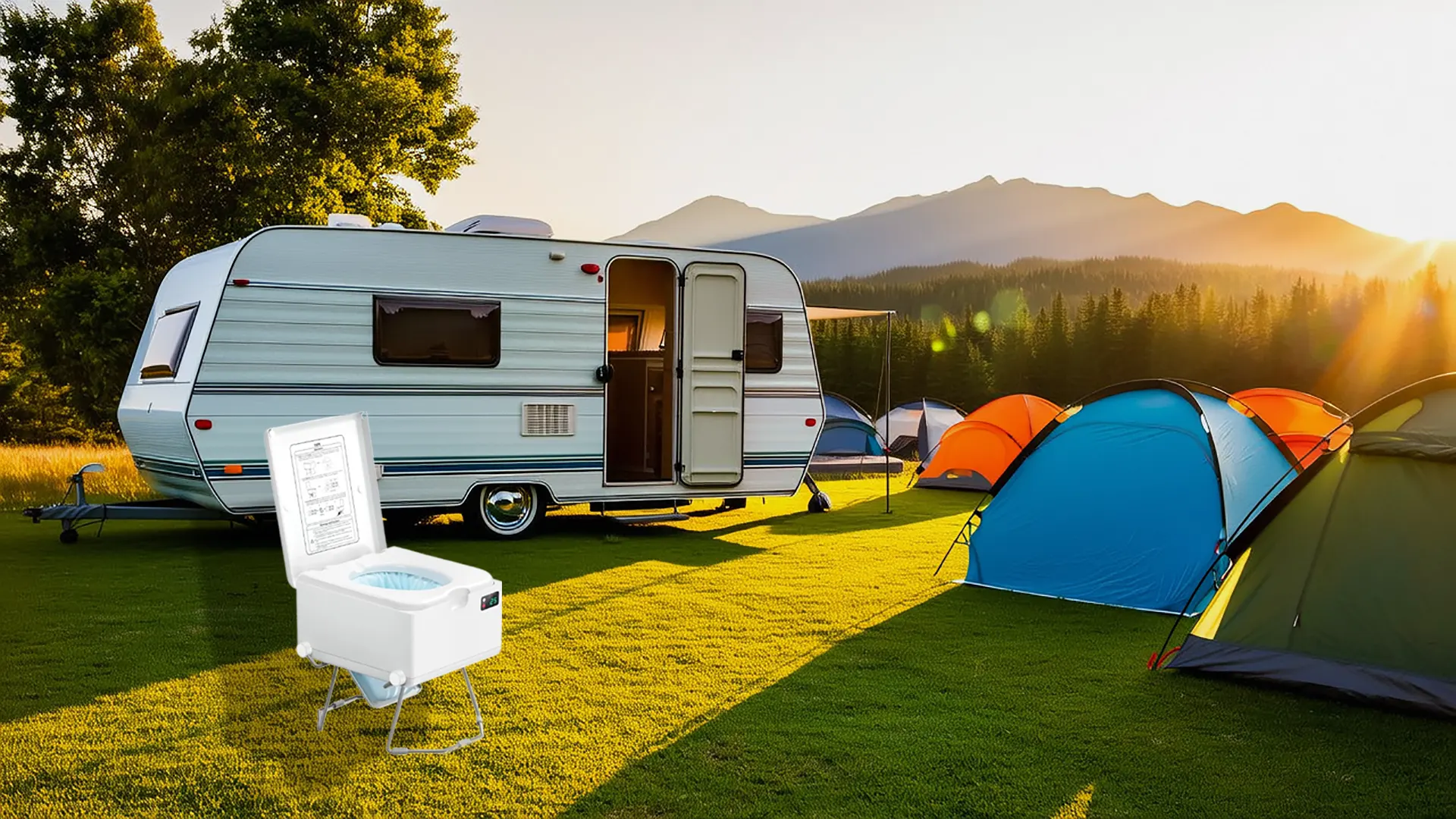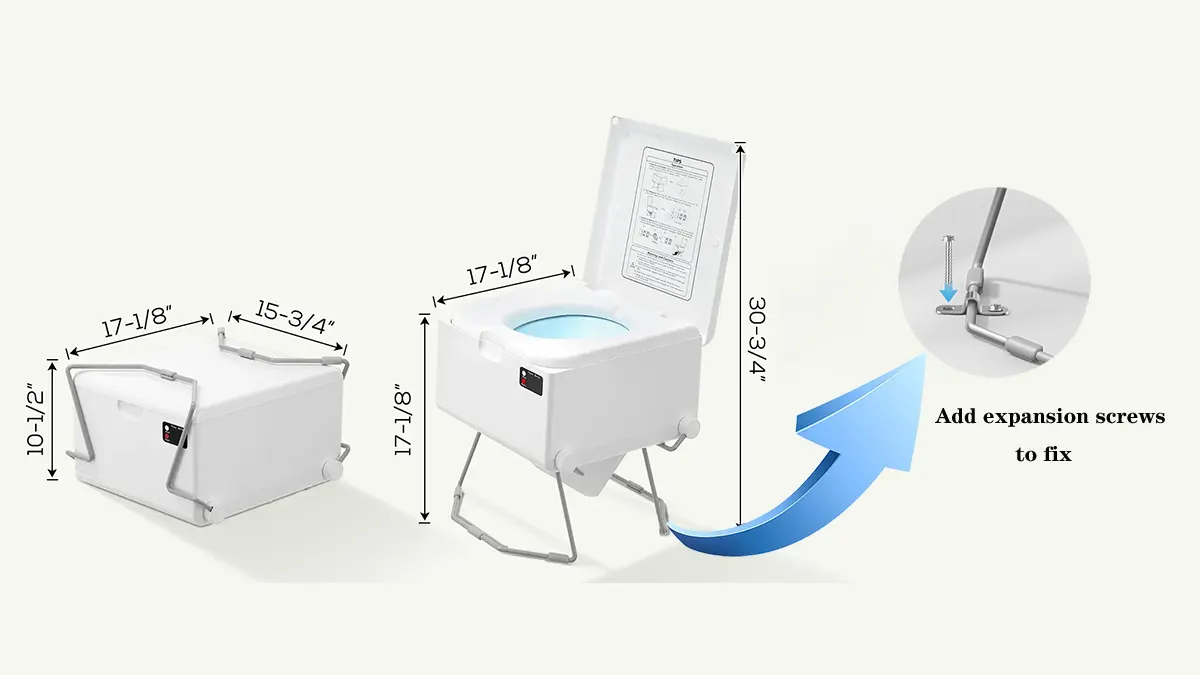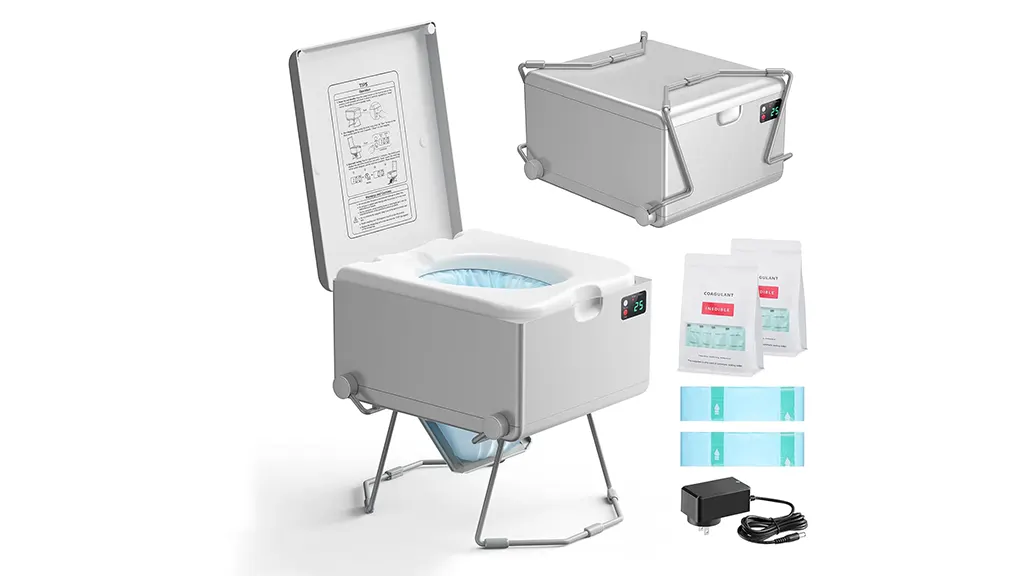When you enjoy the outdoors in your RV, camper or boat, comfort and convenience are paramount. One of the most important aspects of this experience is having a reliable toilet solution. For many outdoor enthusiasts, self-contained toilets have become a top choice. In this article, we'll explore how to choose a self-contained portable toilet.
What Is a Self-Contained Toilet?
A self-contained toilet is a portable sanitation solution designed to manage human waste without the need for a traditional plumbing system. These toilets use a sealed waste tank that can handle both liquid and solid waste, making them ideal for use on boats, RVs and camping trips. Unlike traditional toilets that rely on black water tanks and extensive plumbing, self-contained toilets are designed for easy transportation and installation

Features of Self-Contained Toilets
Self-contained toilets are typically compact in design and come with a waste storage tank, and some models also come with a flushing mechanism. When it comes to waste management, these toilets take a variety of approaches:
Structural Features
- The compact design makes it easy to install and use.
- Equipped with a separate waste storage tank for easy management and cleanup.
Flush Mechanism
- Some freestanding toilets use a traditional flush design that uses a small amount of water to clean the toilet bowl.
- Waterless dry flush toilets are more environmentally friendly and do not require water, making them suitable for resource-saving scenarios.
Waste Disposal System
- Advanced composting systems are the highlight of many self-contained toilets, such as using materials such as coconut shells and peat moss to promote the composting process.
- You can also use biodegradable waste bags to convert waste into nutrient-rich compost for environmentally friendly recycling.
Important Notice
- Modiwell dry flush refill packs comply with the European Union EN 13432 industrial compostability standard.
- Please note that California has specific regulations for “compostable” products based on ASTM standards, and does not directly recognize EN 13432. In California, please do not directly treat these bags as compliant with local “compostable” standards.
- Important: Please follow your local waste disposal and composting guidelines. For more information on compostability in California, please visit: CalRecycle
Environmental Advantages
- Waterless or low-water flush toilet designs significantly save water resources.
- Composting systems reduce the need for chemical treatment and are more sustainable.
Applicable Scenarios
This type of toilet is suitable for environments with limited space such as RVs, campers, and boats, providing a convenient sanitation solution.
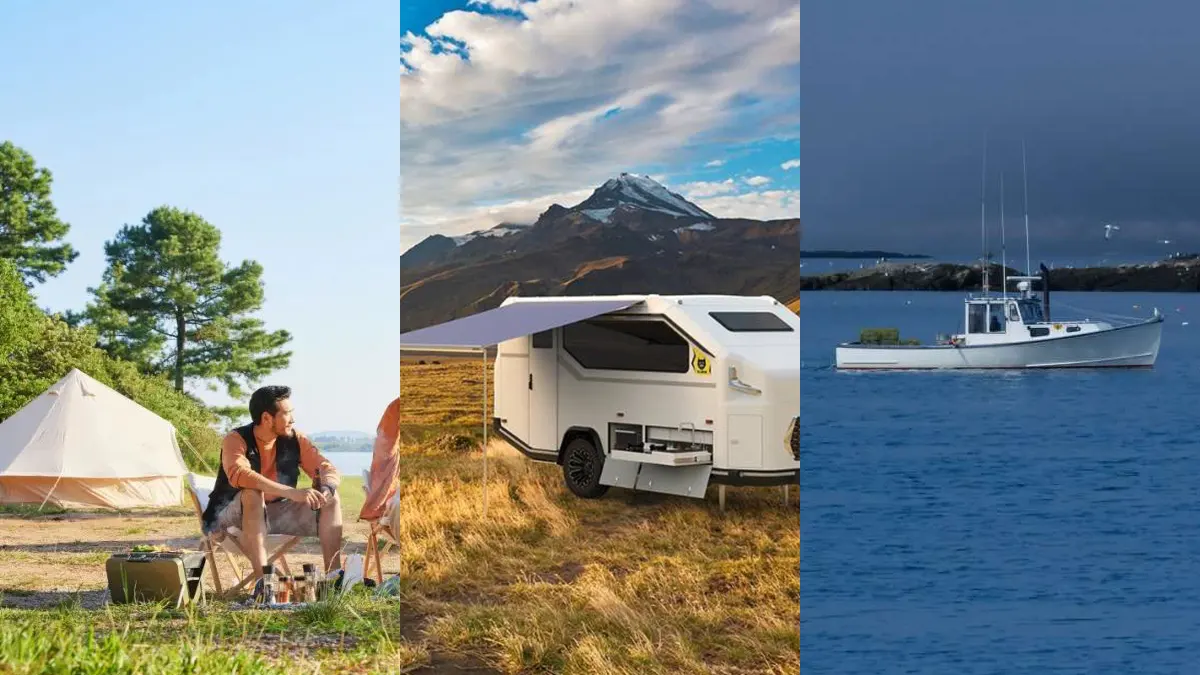
Choose the Self-Contained Toilet That Suits Your Needs
When choosing a self-contained toilet, consider the following features:
- Size and Capacity: Choose a model that fits your space and meets user requirements. Larger water tanks are suitable for families or long-distance travel.
- Material Durability: Look for toilets made of durable, weather-resistant materials to withstand outdoor conditions.
- Additional features: Consider additional features such as flushing mechanisms, built-in waste tanks, and aesthetic designs that complement your RV or boat.
For boat enthusiasts:
- The materials of a marine toilet are essential to withstand saltwater erosion.
- Compact designs are preferred to maximize space on board.
- When using it at sea, it is especially important to choose a toilet that can be fixed. For example, the Modiwell dry flush toilet, with its compact shape and fixed toilet legs, can effectively prevent movement in rough seas, ensuring stability and safety during use.
For camper and RV enthusiasts:
- Integration with existing plumbing systems is a key factor. Of course, some portable toilets that do not require integration with plumbing are also good choices.
- The waste tank capacity should match the size of the RV's water storage tank.
- Look for a portable camp toilet that has a comfortable seat and is easy to maintain.
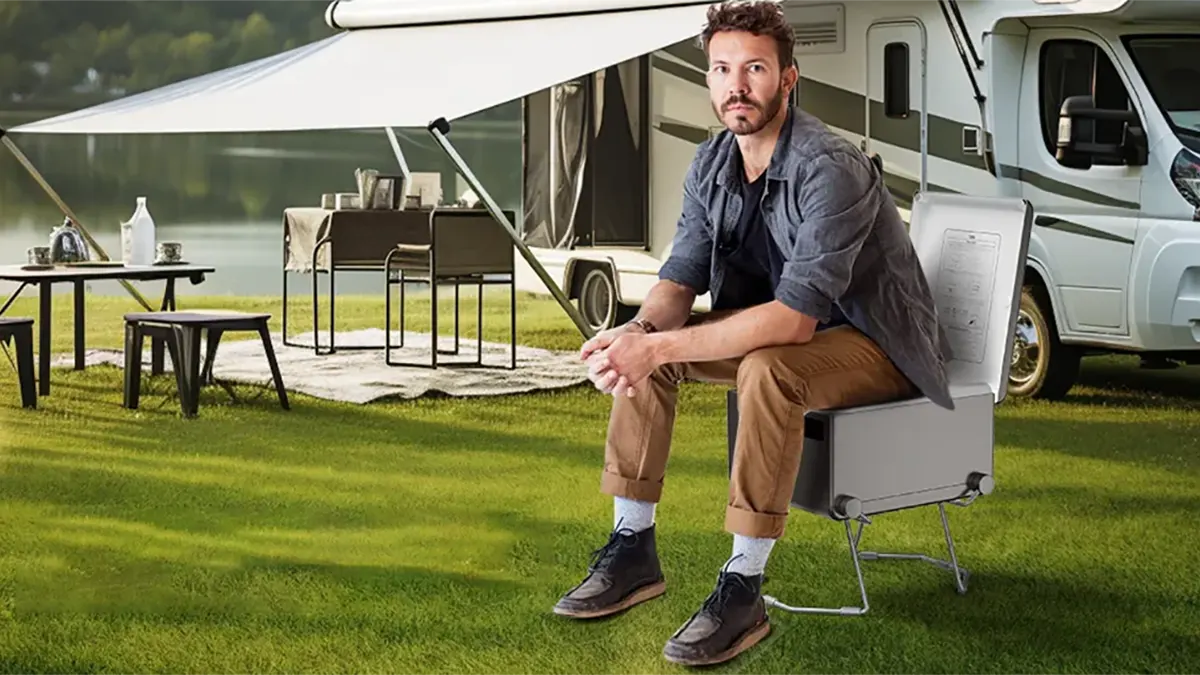
Budget for Your Self-Contained Toilet Purchase
Understanding the price range of different models is essential for budgeting. Basic models may start at around $100, while more convenient premium toilets can range from $500 to $1,500. Perform a cost-benefit analysis to determine the best investment for your needs. For a reputable supplier or retailer, consider checking out Amazon products for a wide variety of self-contained toilets and accessories.
Conclusion
Investing in a high-quality self-contained toilet can significantly enhance your experience on your boat, camping, or RV. By carefully considering your needs and exploring the various options available, you can find the perfect solution to ensure comfort and convenience on all your adventures.
